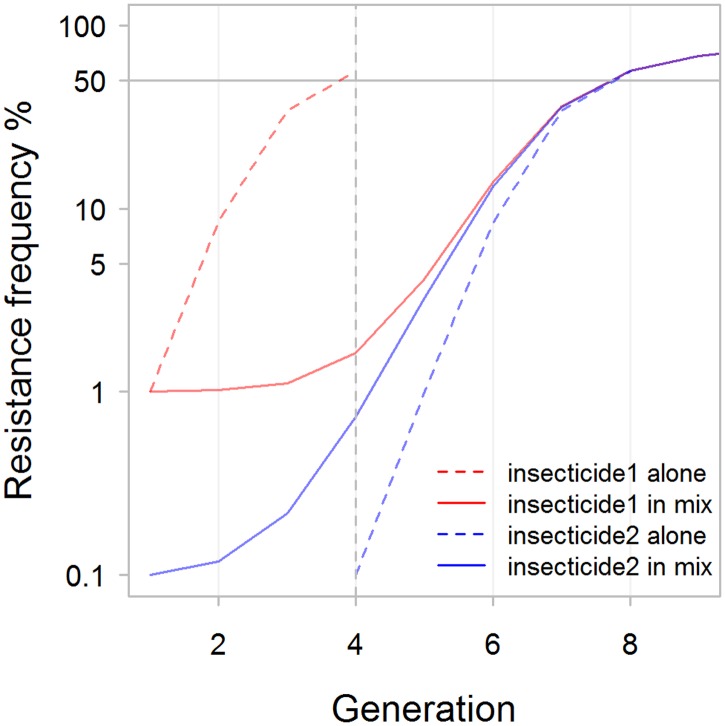Fig 3. Recreating example vi of Curtis as given in his Table 1 in [17].
Curtis reported calculations and results for a single generation of selection under a range of assumptions in his Table 1 (note: this table is absent from many current electronic reprints). He made particular use of his example (iv) to develop influential arguments about the (dis)advantages of using an insecticide mixture when the initial frequencies of resistance are unequal. We therefore extended this example to plot the subsequent, multi-generational dynamics of resistance spread assuming, as he did, that the first insecticide deployed in a sequence become non-beneficial, and is switched when alleles encoding resistance to the insecticide reach 50%. Resistance to both insecticides exceeded 50% by generation 8, irrespective of whether they were deployed in sequence or as a mixture.

